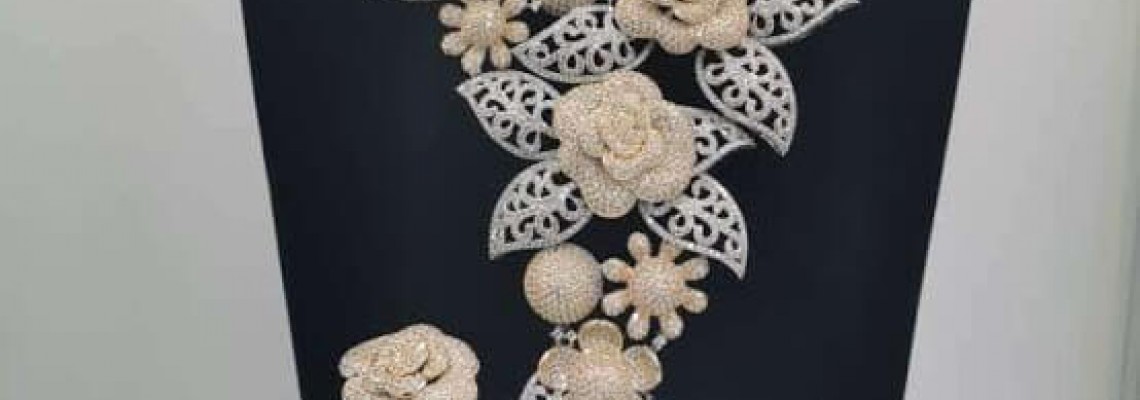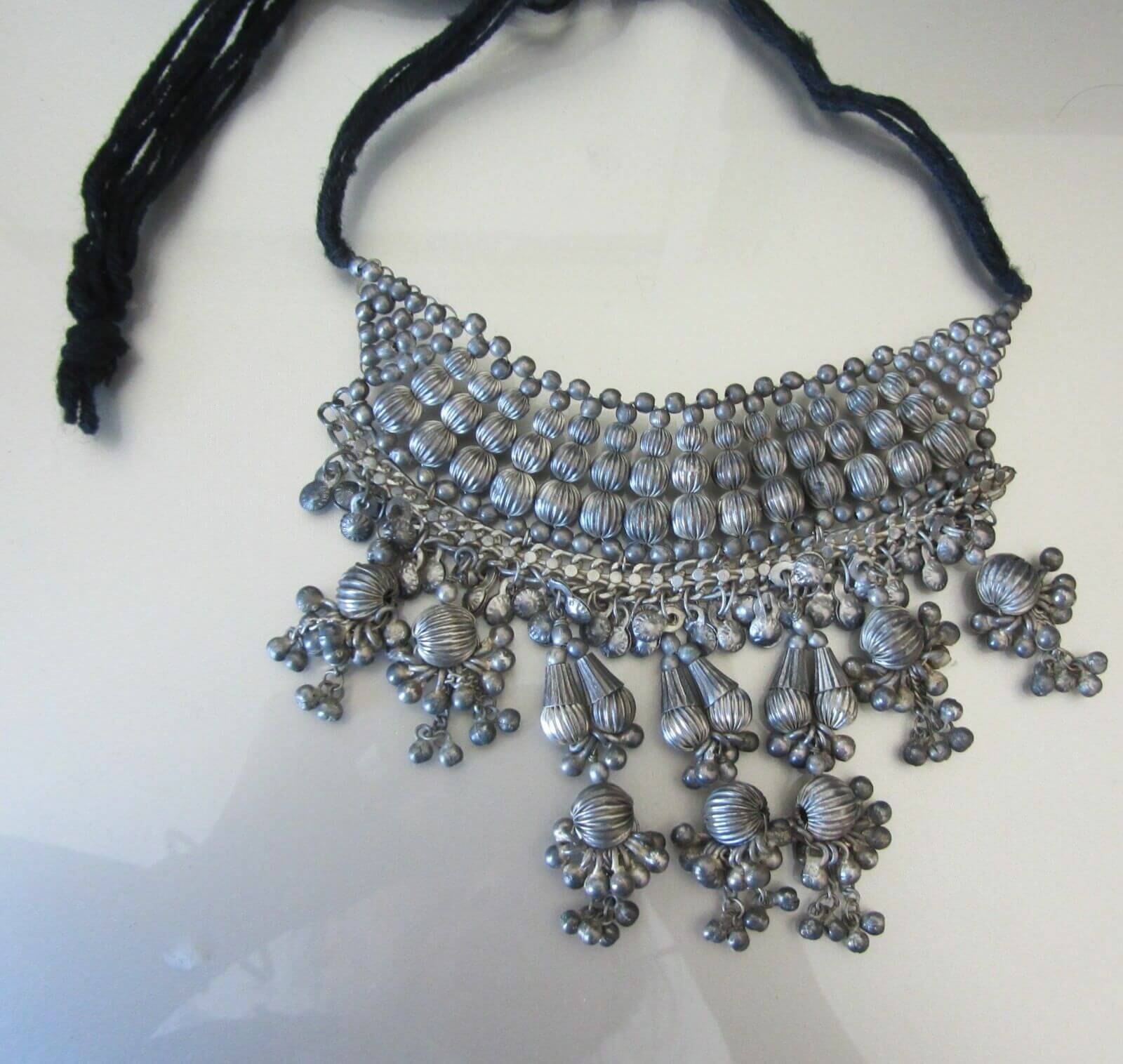
Contact Dotted Jewelry via: +2349135888988 on Call or WhatsApp.
Costume and
antique jewelry are virtually the same. Costume Jewelry has been
around since the 1930s. Going by the definition of antique, one can
actually call Costume an Antique jewelry. Although most jewelry
experts believe that antique jewelry predates the 1930s.
Costume
Jewelry started in the 1930s as cheap disposable jewelry meant to be
worn together with a specific outfit, but not intended to be handed
down through generations. It was meant to be fashionable for a short
period, outdate itself, and then be repurchased to fit with a new
outfit, or with a brand new fashion style. It became available in
large quantities in the 30s.
Cheap jewelry also existed
long before the 1930s. Paste or glass jewelry existed as far back as
the 1700s. The rich had their fine jewelry duplicated for different
reasons, and this was done using cheap paste or glass stones.
With
the growth of the middle class in the mid 1800s, there were now
different levels of jewelry being manufactured using different
materials like fine, semi-precious and base materials. Fine jewelry
of gold, diamonds, fine gems such as emeralds and sapphires
continued to be made.
Jewelry made from rolled gold;
which is a thin layer of gold attached to a base metal, entered the
market and affordable to the middle class. Those set of jewelry were
often set with semi-precious gems such as amethyst, coral or pearls.
And then there was jewelry that almost anyone could
afford. They consist of glass stones and base metals made to look
similar to gold. All the three types were intended to be passed down
to younger generations.

There are usually clues that can
help one to find out what era a piece of jewelry is from. He or she
can also identify the style, material, the type of piece that a
jewelry was made of. For example dress clips came into the market in
the 1930s and were no longer fashionable by the 1950s.
Jewelry
reflects styles, designs, colors and stones of the particular era.
For example, from 1910 until 1930, silver was the favourite colour
for metal, so jewelry was found in platinum, white gold, silver or a
base metal coloured to immitate silver.
By World War II,
gold was already popular again but it was in short supply, since it
was very important to the war effort. Whatever gold that was
available was made into very thin sheets and usually bonded to
silver (it was called vermeil) before being converted to jewelry. By
the 1930s, rhinestones popularity was ever increasing in most parts
of Europe.
It was unavailable to the Americans until
1940s. As a result, many of the pieces from this period tend to
feature a lot of metal and a single stone or a small cluster of tiny
rhinestones.
These days are certainly not much different
from past times. We still have fine jewelry, semi precious jewelry,
and of course costume jewelry very much available to us. Costume
jewelry can add the finishing touch, show your fashion sense and
make events more meaninful.
Costume Jewelry styles of
past years are now becoming very fashionable again, and many are
being reproduced. Even with costume jewelry there are many
difference in quality. Many of the new pieces do not have the
vibrance in the stones or the weight of the older pieces. The new
costumes are made from alloys of copper-zinc, gold, silver. The last
very gold depending on price and usage.
Antique and
vintage costume jewelry are both fun to collect (as in collectors’
items) and fun to wear. No longer is costume jewelry simply
"collectable." It is "in style, and "
"fashionable," and a terrific conversation starter. Dress
to impress! . For Dotted Jewelry, we endeavour to put a gem in your
life.







Leave a Comment